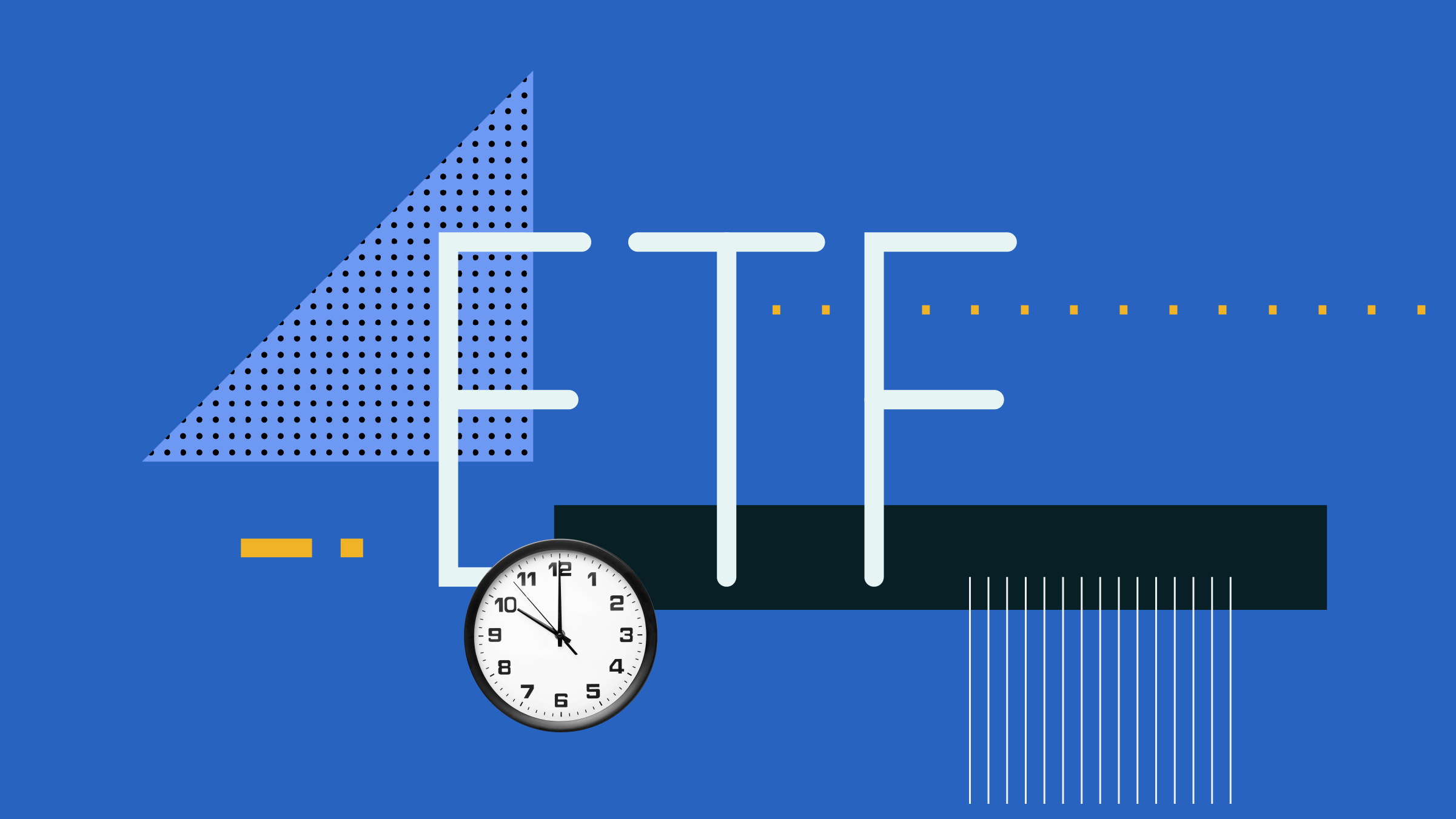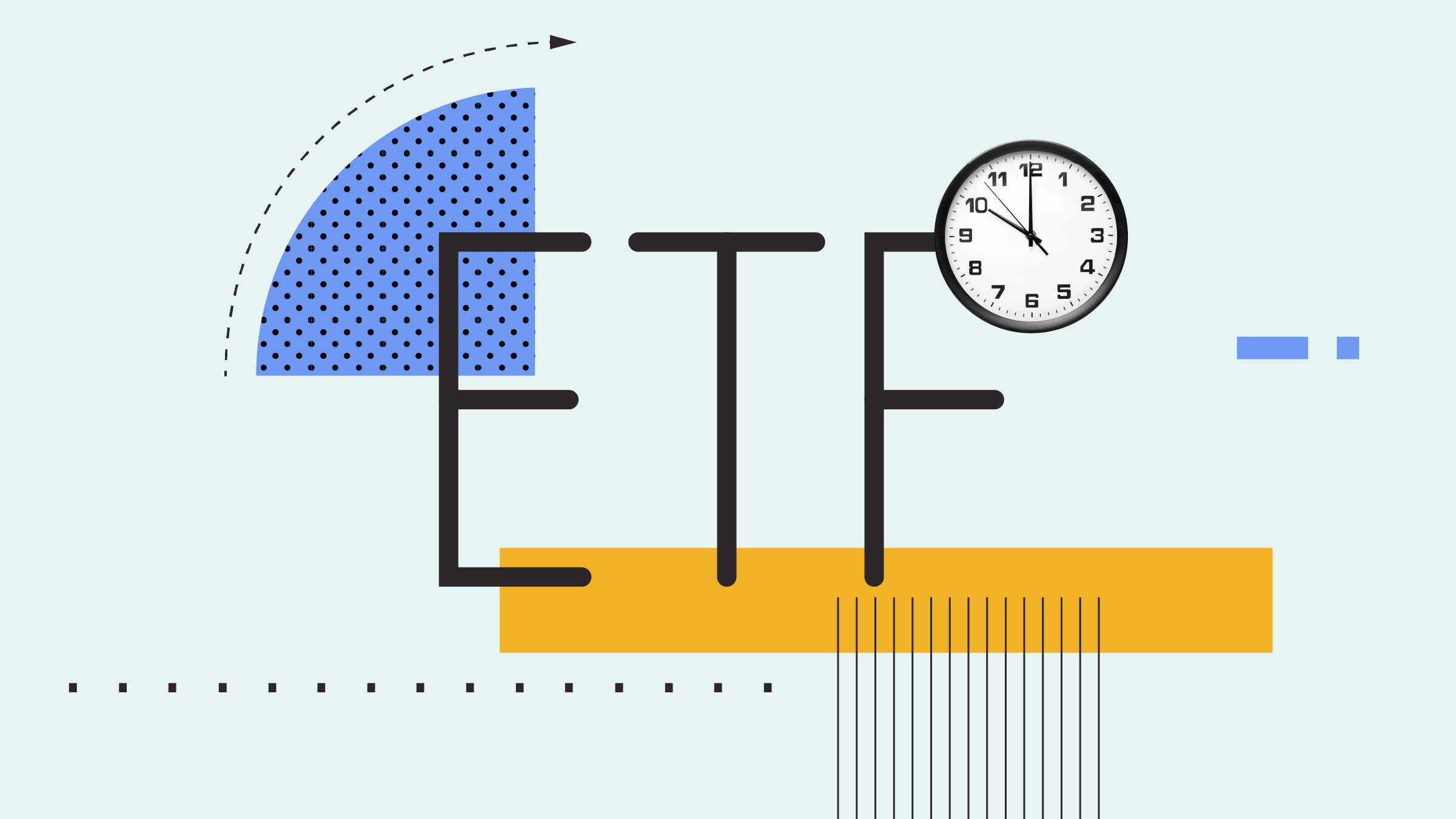Note: This article is part of Morningstar's September 2015 The road to retirement special report.
Most investors want to reach their financial goals without much fuss, and fund providers are happy to accommodate this large cohort by offering easy-to-use investment solutions that provide exposure to different asset classes in a single package. More than two dozen Canadian asset managers offer these funds in aggressive, moderate and conservative flavours.
Often referred to as target-risk funds, these investment packages are meant to coincide with the investor's risk tolerance. Least able to weather big losses, those in or nearing retirement gravitate to funds bearing the conservative label, which have more exposure to bonds and cash and will likely offer a steadier ride than those with moderate or aggressive mandates.
While marketed under the same banner, these funds define "conservative" differently. That the more than 50 conservative target-risk strategies land in four different Morningstar fund categories demonstrates the group is a diverse lot. Asset allocation, performance and fees can vary widely, underscoring the necessity for investors to look under their hoods before delving in. Below are three big questions they should ask of any conservative target-risk fund--or for that matter, any target-risk fund.
What is the fund's asset mix?
How a fund splits its portfolio across stocks, bonds, cash and other asset classes will likely have a bigger impact on performance than any other decision its management makes. On the whole, conservative target-risk funds' asset allocation looks like what you'd expect. The median fund holds just under 30% in stocks, with the balance mostly in bonds and some cash. Somewhat surprisingly, the funds only modestly favour Canadian stocks, with slightly smaller U.S. and international stakes of roughly equal weight.
There's no typical asset allocation, though. In exhibit one, we compare asset allocations across the 10 largest conservative target-risk funds and the conservative target-risk universe as a whole. Funds' stock and bond exposures range from 14% to 51% and 29% to 74%, respectively. One fund holds no cash, while another keeps 36%. Stock-heavy, bond- and cash-light portfolios are more vulnerable to losses during downturns--a turn-off for conservative investors. Near-retirees may be able to take more risk than they realize, however. A steady stream of pension income could give some more room to hold stocks. Longer life spans also means they may have decades of life ahead of them, and stocks' higher growth potential improves their odds of beating inflation. A too-tame asset allocation could result in the worst possible outcome: Outliving one's savings. With above-median equity stakes, many of the biggest target-risk funds, including RBC Select Conservative (the largest of the bunch) and Sentry Conservative Balanced Income (whose equity stake is among the highest), could be better suited to guard against this possibility.

Other conservative target-risk funds play more cautiously, holding larger bond and cash weightings. These funds will likely fare better in market swoons, though they aren't immune to turbulence, either, as bond-heavy portfolios are susceptible to rising interest rates. CIBC Very Conservative Portfolio is one such fund. Its 14% equity stake is the lowest in this universe, its 60% bond weighting well above median, and its 28% cash exposure is nearly the highest. CIBC Conservative Portfolio holds 24% in stocks--well below RBC Select Very Conservative's just-below-median 28% stake. That one fund provider's "very conservative" fund is more aggressive than another's merely "conservative" fund demonstrates why investors should look beyond labels in evaluating these funds.
Within asset classes, conservative target-risk funds also take different approaches. AGF Elements Conservative Portfolio, for example, sports one of the smallest Canadian equity weightings but the largest and second largest U.S. and international stakes, respectively. Foreign fixed income also predominates, representing 40% of the portfolio, versus 15% in Canadian bonds. Such positioning reflects an economic reality: Canada accounts for a small portion of the global stock and bond markets. Canada's heavy reliance on the financial services, energy and mining sectors makes home-country bias potentially dangerous.
There's a defensible case for a Canada-heavy allocation, however, especially for near or current retirees. Foreign currency exposure leads to volatility conservative investors may not want to stomach. Holding the bulk of your investments in the local currency makes sense if most of your financial obligations are priced in Canadian dollars. TD Target Return Conservative draws upon this reasoning with its overwhelmingly Canadian portfolio; it holds 30% in domestic equities, versus a combined 11% in the U.S. and international bucket. Sentry's conservative target-risk offering ignores international stocks altogether, with 29% in Canada and 15% in the U.S.
How has the fund behaved?
Conservative investors naturally desire relatively low volatility and limited losses in turbulent markets. Historical performance won't necessarily tell you whether a conservative target-risk fund can deliver on this expectation. Just because a fund's risk has yet to materialize doesn't mean it's not there. A seemingly safe portfolio heavy with high-quality bonds (which generally are the most sensitive to interest rate fluctuations) will have benefited handsomely from historically low interest rates, for instance. Any younger fund will not have been tested by a downturn. Success, especially over shorter periods, may simply be an artifact of the fund's asset allocation, not management strength.
Performance may not tell you everything you need to know, but it will likely say something about what you can expect from the fund. BMO SelectTrust Conservative Portfolio turned in the worst bear-market showing of any conservative target-risk fund, suffering a 22% cumulative loss from October 2007 to March 2009. The fund has rallied 90% since then--the second best return in the conservative camp. Meanwhile, CIBC Very Conservative, which had the best bear market showing with a 1.2% cumulative loss, has been the biggest laggard since then, with a modest 25% cumulative gain. This tale of two records is easy to explain: BMO's equity exposure, currently at 40%, is among the highest in the group and four times CIBC's, giving it more ammo in up markets but making it vulnerable in down ones. But the CIBC fund has consistently held 14% in stocks--the lowest weighting in the group--providing ballast in down markets.
Investors shouldn't take the BMO fund's strength in up markets and the CIBC fund's resilience in downturns as signs of manager skill. Such performance is the natural outcome of how differently the funds were built. Yes, you'll probably get better long-term returns from the BMO offering given its much higher equity weighting, but the approach leads to much higher volatility. Indeed, its five-year standard deviation, a measure of volatility, is 80% higher. Conservative investors with shorter time horizons may find such volatility difficult to stomach. The BMO offering still outperforms the conservative target-risk universe once volatility is taken into account (using the Sharpe Ratio), but so does the CIBC fund. Which approach you choose should be driven more by your risk appetite than returns alone.
Other asset allocation decisions also drive performance. TD Target Return Conservative has been the poorest performer in the conservative target-risk lot this year. One big reason why is its Canada-heavy portfolio, which has put it at a disadvantage recently given the Canadian market's weakness. By contrast, Sun Life Granite Conservative has been one of the strongest performers even with nearly the same equity allocation as the TD fund. The Sun Life fund, though, has nearly three times the U.S. exposure. With already decent U.S. returns getting an added boost from the falling loonie, U.S.-heavy portfolios have a built-in advantage. You'd likely see the opposite performance pattern when Canadian stocks outperform.




















